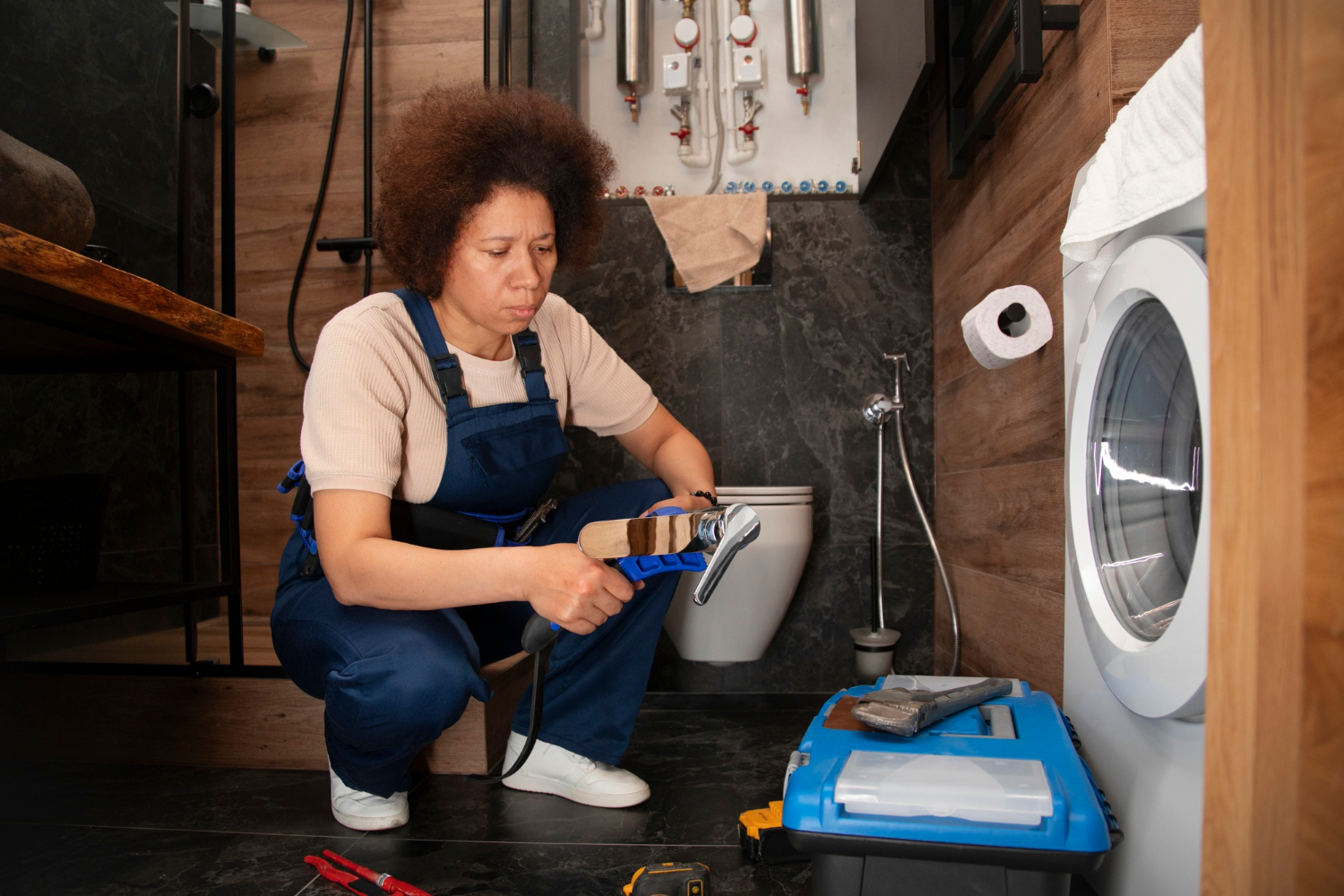Electric breakdown is a critical phenomenon that occurs in electrical systems when an insulating material becomes electrically conductive due to the application of a high voltage. Understanding this concept is essential for maintaining the safety and efficiency of various electrical devices and systems. This article delves into the causes, mechanisms, prevention methods, and impacts of electric breakdown.
Understanding Electric Breakdown
Electric breakdown occurs when the insulating properties of a material are compromised, causing it to conduct electricity. This transition from an insulator to a conductor is usually triggered by high voltage, leading to a sudden surge of current that can damage electrical components and systems. Various factors contribute to this phenomenon, including the type of insulating material, the presence of impurities, and environmental conditions.
Causes of Electric Breakdown
Several factors can cause electric breakdown, including:
- High Voltage Stress: Applying a voltage higher than the material’s dielectric strength can cause breakdown.
- Material Impurities: Impurities within the insulating material can create weak points that facilitate breakdown.
- Temperature and Humidity: High temperatures and humidity levels can deteriorate the insulating properties of materials.
- Mechanical Stress: Physical damage or stress to the insulating material can lead to breakdown.
Types of Electric Breakdown
Electric breakdown can be categorized into different types based on the medium and conditions under which it occurs:
- Dielectric Breakdown: This occurs in solid, liquid, or gaseous insulators when the electric field exceeds the dielectric strength of the material.
- Surface Breakdown: This happens along the surface of an insulating material, often due to contamination or surface irregularities.
- Corona Discharge: A type of partial breakdown that occurs in high-voltage systems, resulting in a localized ionization of the surrounding air.
Mechanisms of Electric Breakdown
The mechanisms underlying electric breakdown vary depending on the material and conditions. In solids, it often involves the breakdown of molecular bonds due to the intense electric field. In liquids and gases, ionization plays a crucial role. The electric field accelerates free electrons, which collide with neutral molecules, creating more free electrons in a chain reaction that leads to breakdown.
Impact of Electric Breakdown
Electric breakdown can have significant consequences, including:
- Equipment Damage: The sudden surge of current can damage electrical components and systems.
- Safety Hazards: Electric breakdown can cause fires, explosions, and other safety hazards.
- Power Outages: In electrical power systems, breakdown can lead to widespread power outages.
- Economic Losses: The cost of repairing or replacing damaged equipment and systems can be substantial.
Preventing Electric Breakdown
Preventing electric breakdown involves several strategies:
- Proper Insulation: Using high-quality insulating materials with adequate dielectric strength is crucial.
- Regular Maintenance: Routine inspections and maintenance can identify potential issues before they lead to breakdown.
- Environmental Control: Controlling temperature and humidity levels can help maintain the integrity of insulating materials.
- Design Considerations: Electrical systems should be designed to operate within safe voltage levels to prevent breakdown.
Electric Breakdown in Power Systems
Electric breakdown in power systems can have far-reaching consequences. In high-voltage transmission lines, breakdown can lead to arc faults and power outages. Preventing breakdown in these systems requires robust design, regular maintenance, and the use of advanced monitoring technologies to detect potential issues early.
Breakdown in Electronic Devices
In electronic devices, electric breakdown can occur in components such as capacitors, transistors, and integrated circuits. This can result in device failure and data loss. Using high-quality components, proper circuit design, and effective cooling solutions can help prevent breakdown in electronic devices.
Breakdown in High-Voltage Equipment
High-voltage equipment, such as transformers and circuit breakers, is particularly susceptible to electric breakdown. Ensuring that these components are designed and maintained to handle high voltages is essential for preventing breakdown and ensuring reliable operation.
Innovations in Breakdown Prevention
Recent advancements in materials science and electrical engineering have led to new ways to prevent electric breakdown. For example, nanocomposite materials with enhanced dielectric properties are being developed to improve insulation. Additionally, advanced monitoring and diagnostic tools can detect early signs of breakdown, allowing for proactive maintenance.
Future Challenges and Research
As electrical systems become more complex and operate at higher voltages, preventing electric breakdown will continue to be a challenge. Ongoing research into new materials, better design practices, and advanced monitoring technologies will be crucial for addressing these challenges.
Conclusion
Electric breakdown is a critical phenomenon that can have significant consequences for electrical systems and devices. Understanding the causes and mechanisms of breakdown, as well as implementing effective prevention strategies, is essential for maintaining the safety and efficiency of electrical systems. By staying informed about the latest advancements and best practices, engineers and technicians can minimize the risk of electric breakdown and ensure the reliable operation of electrical systems.
Frequently Asked Questions
What is electric breakdown? Electric breakdown occurs when an insulating material becomes conductive due to high voltage, leading to a surge of current that can damage electrical components and systems.
What causes electric breakdown? Electric breakdown can be caused by high voltage stress, material impurities, temperature and humidity, and mechanical stress.
How can electric breakdown be prevented? Electric breakdown can be prevented through proper insulation, regular maintenance, environmental control, and careful design considerations.
What are the consequences of electric breakdown? Electric breakdown can cause equipment damage, safety hazards, power outages, and economic losses.
How does electric breakdown affect power systems? In power systems, electric breakdown can lead to arc faults and power outages, requiring robust design and maintenance to prevent.
What are some recent advancements in preventing electric breakdown? Recent advancements include the development of nanocomposite materials with enhanced dielectric properties and advanced monitoring tools for early detection of breakdown.











